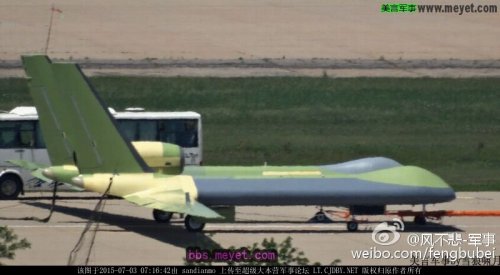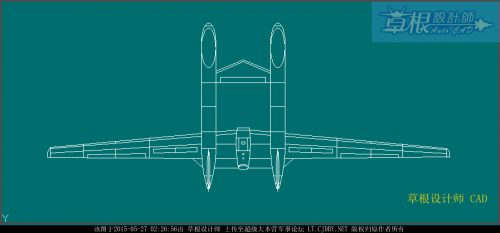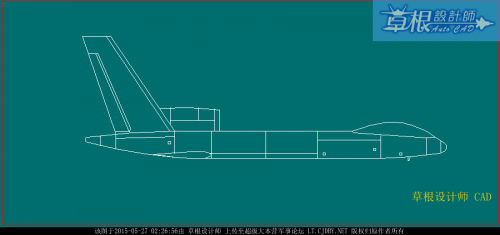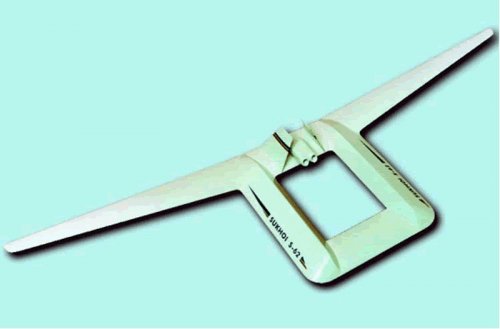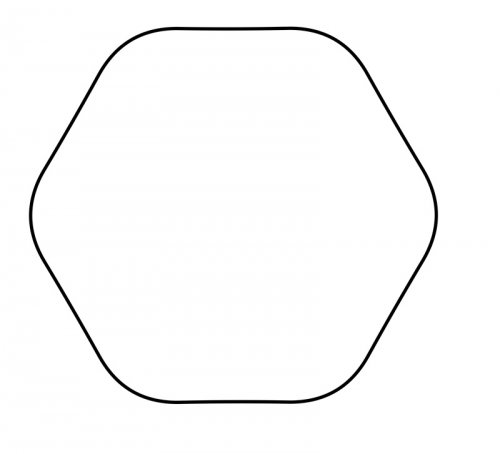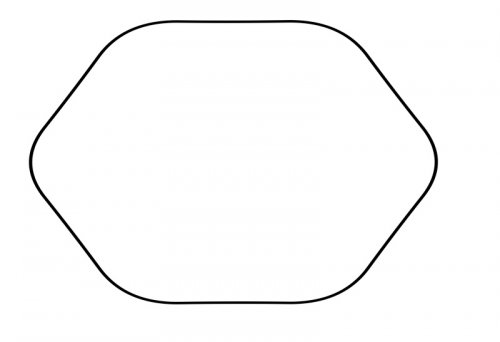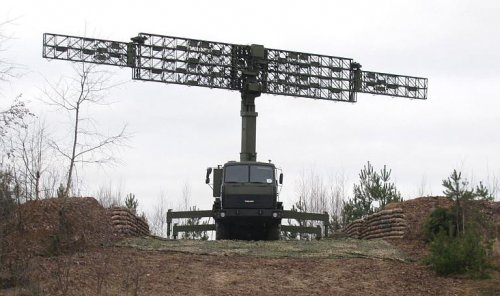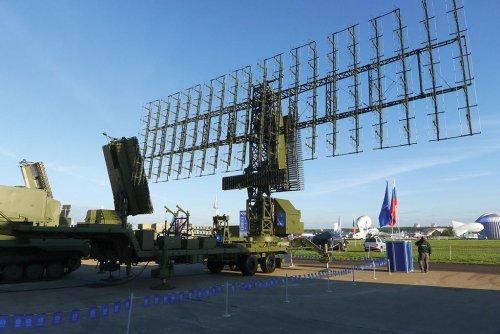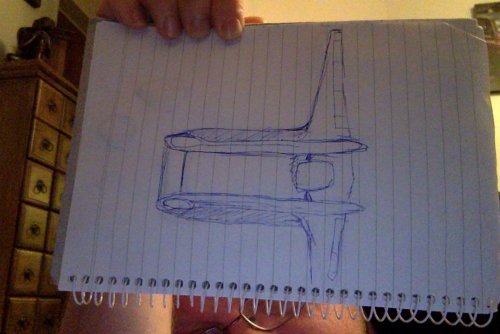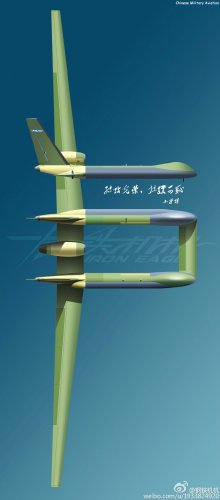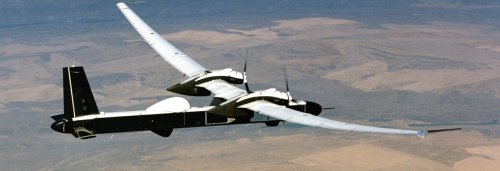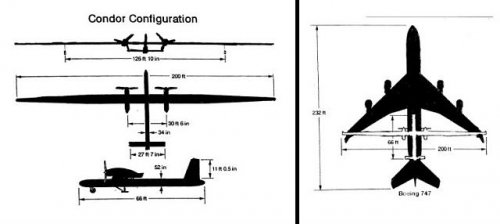VH said:
I figured that this detection of an F-22 was a 'claim' made that had little or no verification. Unlike the various stealth projects struggling to come into operational existence, F-22 was designed to have all aspect stealth. Others like J-20 and Russian T-50 seem to be optimized for stealth in the forward quarter.
I think the point of long band radar like UHF and VHF radars is that they can detect stealthy aircraft shaped against X band radar (like F-22 and other stealthy fighters like F-35, J-20, T-50) regardless of which position they're displaying to the radar in question... in other words even all aspect stealth is potentially vulnerable to detection.
that doesn't make stealth obsolete of course, because most fighter FCRs still operate in X band, but I do personally think the proliferation of UHF band radar by all states in coming years will reduce the effectiveness of radar stealth for all nations either producing or seeking to produce stealth fighters, compared to previous years.
What I would be interested in finding out is how did the Chinese manufacturer KNOW that these were F-22's its radar, the JY-26 Skywatch ,was tracking? Further F-22, B-2 and others have two modes: Peace time and war time. In peace time stealthy aircraft like F-22 augment their signature with a radar reflector so that it can be seen by commercial radars. Maybe that is what this Skywatch radar saw?
Are you talking about Luneburg lenses?
Possible, but I doubt it. For one, if an experienced radar manufacturer was making these claims I can't imagine they'd make such a primitive mistake like mistaking a stealth fighter with a Luneburg lens as a stealth fighter in operational configuration, especially if the anti stealth properties are actually the selling point of this radar. I'd also expect the Korean peninsula is well monitored by Chinese radar and can compare notes on the performance of differing radar against different targets.
There are also some accounts that JY-26 detected F-22s during military exercises, which further makes me wonder if Luneburg lenses would be deployed during an exercise.
I'm also not sure if F-22s during normal operations would even fly with Luneburg lenses, I imagine only fairly unique situations would prompt such a need. Korea is also quite a "hot-zone" so to speak, so I'm not sure if RCS enhancing measures would be sensible for F-22 deployments to that area.
But of course this is all speculation, we have no idea if they actually did detect or track F-22s over korea.
For all we know they might be knowingly talking out of their backside, but it isn't really the nature of Chinese manufactuers to lie about export-ready products. More importantly it's not exactly a secret that UHF and VHF band radars are more effective against stealthy aircraft, now paired with modern AESA technology, so if such a radar has been developed in JY-26 (and no doubt a variety of other similar products for domestic use not cleared for export) it shouldn't come as too much of a surprise.
Finally it would seem like the power requirements for a radar powerful enough to track stealthy aircraft would be more than this Divine Eagle would be able to generate with its all the other systems packed into its air frame. That radar needs alot of juice!
No doubt that is why Divine Eagle is so large, however you seem to be under the impression that UHF of VHF band radars use sheer power output to detect stealthy aircraft. I don't think that is the case. Now, I'm not too knowledgeable about radars, but I think the anti stealth properties of certain radars arise from the nature of the band the radar is operating in and the nature of the stealth techniques of the target. Long band radars have always been said to have good properties against stealth aircraft, but it's only with recent phased array technology that the band has become more operationally practical in a surveillance role.
For instance, E-2D's APY-9 UHF radar is on a fairly small platform yet it is creating much interest in its supposed anti stealth properties. Brute power isn't the question here, but rather the band the radar operates in, the software behind the radar and the type of array itself.
(a good starter article to read on the matte: http://news.usni.org/2014/06/09/u-s-navys-secret-counter-stealth-weapon-hiding-plain-sight )
Also, newer arrays with newer materials technology can also radiate with more power while using less electricity (such as GaN vs GaA).

